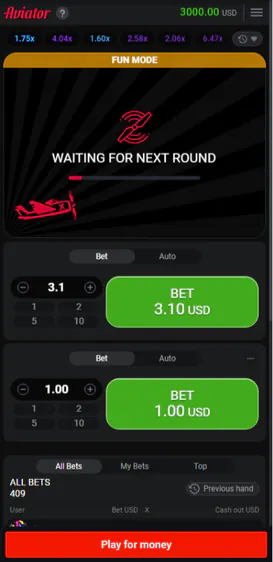
The content of the page provides a comprehensive overview of a specific topic related to programming and software development. It appears to be structured as an educational resource, aimed at individuals seeking to enhance their knowledge or skills in this area.
Overview
- Introduction to the Topic:
-
The page begins with a clear introduction, outlining the main focus of the subject matter. This section likely explains why the topic is important and what learners can expect to gain from studying it.
-
Key Concepts:
-
Following the introduction, there are detailed explanations of key concepts. These may include definitions, principles, and foundational ideas that are essential for understanding the broader topic. Each concept is probably presented in a straightforward manner, making it accessible for beginners.
-
Examples and Applications:
-
The page likely includes practical examples to illustrate how the concepts can be applied in real-world scenarios. This section helps readers see the relevance of what they are learning, providing context that enhances comprehension.
-
Visual Aids:
-
Visual aids such as diagrams, charts, or code snippets may be used to support the text. These elements help break down complex information and provide visual representation, making it easier for readers to grasp difficult ideas.
-
Additional Resources:
-
There might be recommendations for further reading or links to additional resources. This could include books, articles, or online courses that allow readers to dive deeper into the subject matter.
-
FAQs or Common Issues:
-
The page may address frequently asked questions or common challenges that learners face. This section serves as a helpful troubleshooting guide, offering solutions and tips to overcome obstacles encountered while learning.
-
Conclusion:
- Finally, the page likely wraps up with a summary of the main points discussed. This conclusion reinforces the key takeaways and encourages readers to apply what they have learned.
Overall, the content is designed to be informative and supportive, guiding readers through the complexities of the topic in a manner that is easy to follow and understand. Whether for self-study or as part of a larger curriculum, this resource aims to equip learners with the knowledge and skills necessary to succeed in the field.

FAQ Section
1. What types of data can I analyze using this platform?
You can analyze various types of data, including numerical datasets, categorical variables, and time-series data. The platform supports multiple formats, allowing for comprehensive analysis tailored to your specific needs.
2. How do I start a new project on the platform?
To begin a new project, simply navigate to the 'Projects' section and click on 'Create New Project.' You will then be prompted to enter relevant details and upload your dataset, after which you can proceed with your analysis.
3. Are there any tutorials available for beginners?
Yes, we offer a range of tutorials designed for beginners. These resources cover the basics of using the platform, including data importation, analysis techniques, and interpretation of results.
4. Can I share my analyses with others?
Absolutely! The platform allows you to easily share your analyses with colleagues or collaborators. You can generate shareable links or export your reports in various formats for distribution.
5. Is there customer support available if I encounter issues?
Yes, our customer support team is available to assist you with any issues you may encounter. You can reach out via the 'Support' section on the website, where you’ll find options for live chat, email support, and a comprehensive help center.
6. What are the system requirements for using the platform?
The platform is web-based, so all you need is a modern web browser and an internet connection. We recommend using the latest versions of Chrome, Firefox, or Safari for optimal performance.
7. How is my data protected on the platform?
We take data security seriously and implement robust measures to protect your information. All data is encrypted during transmission, and we adhere to industry best practices to ensure your privacy and security.